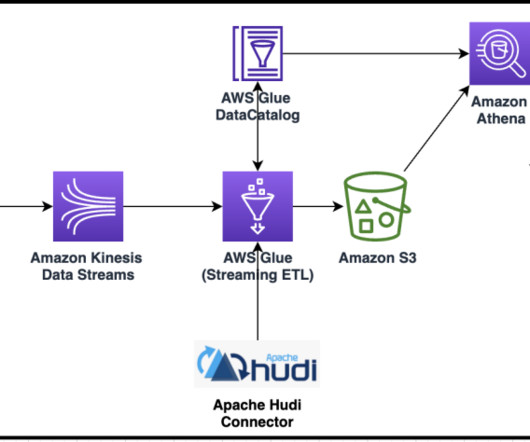Using Text Mining on Reviews Data to Generate Business Insights!
Analytics Vidhya
OCTOBER 9, 2022
This article was published as a part of the Data Science Blogathon. Introduction Textual data from social media posts, customer feedback, and reviews are valuable resources for any business. There is a host of useful information in such unstructured data that we can discover.














Let's personalize your content